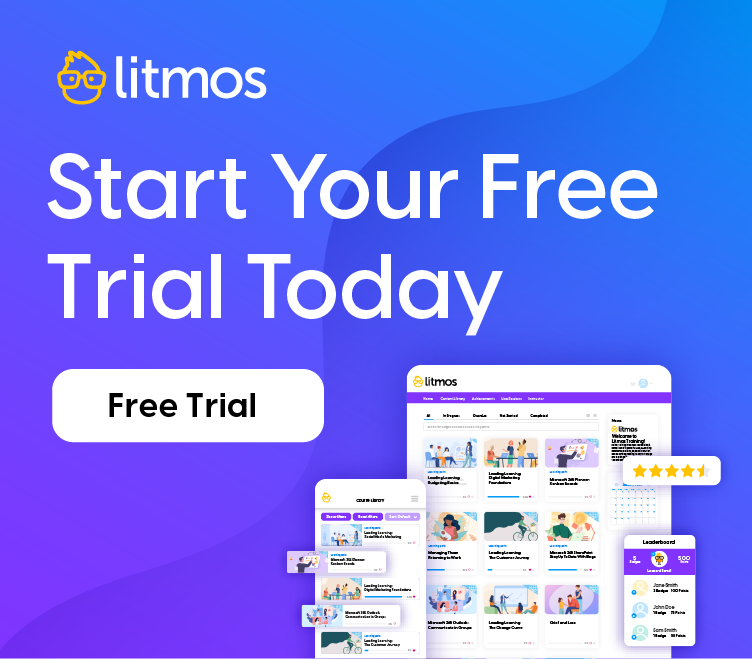Creating and Delivering Highly Engaging Learning in a Hybrid Work Environment

To adapt, companies need a strategy to upskill their people for the digital environment. Additionally, the learning function has to undergo a transformation as well, acquiring new skill sets that keep them ahead of the curve. However, despite the pandemic’s impact, there is still a heavy reliance on ILT, with nearly half of companies saying more than 50% of their learning is ILT.
Companies will have to develop long-term strategies for meeting the needs of on-site learners, those who work from home, and those who alternate between the two. Organizations failing to consider these changes face an uphill battle in preparing for the future. As it is, just 36% of companies currently consider themselves in a good position to develop the skills the business will require in the future.
This doesn’t just mean buying new technology. Technology will play a huge role in the hybrid workforce, providing more digital and virtual learning opportunities, but there has to be a top-down re-think of the learning strategy to make those technologies effective. The hybrid workforce requires a look at strategy, content, L&D Skill sets, and technology – not just one element.
For a deep dive on this subject, please view the recorded webinar, Creating and Delivering Highly Engaging Learning in a Hybrid Work Environment. In this session, Ryan Morris, Onboarding Specialist and Product Mentor at Litmos, and I talk about the new dynamics of the hybrid workforce and what it means for L&D. We discuss challenges and strategies for success, look at some hybrid learning environment examples, and offer tips on keeping remote workers more connected and engaged in learning.
Further, you may also want to watch a recorded webinar on a related topic, Remote Possibilities: Training in a Hybrid World, hosted by Litmos experts. It’s a lively and insightful look at the world of “remote possibilities” available to us today. Worth a watch!




